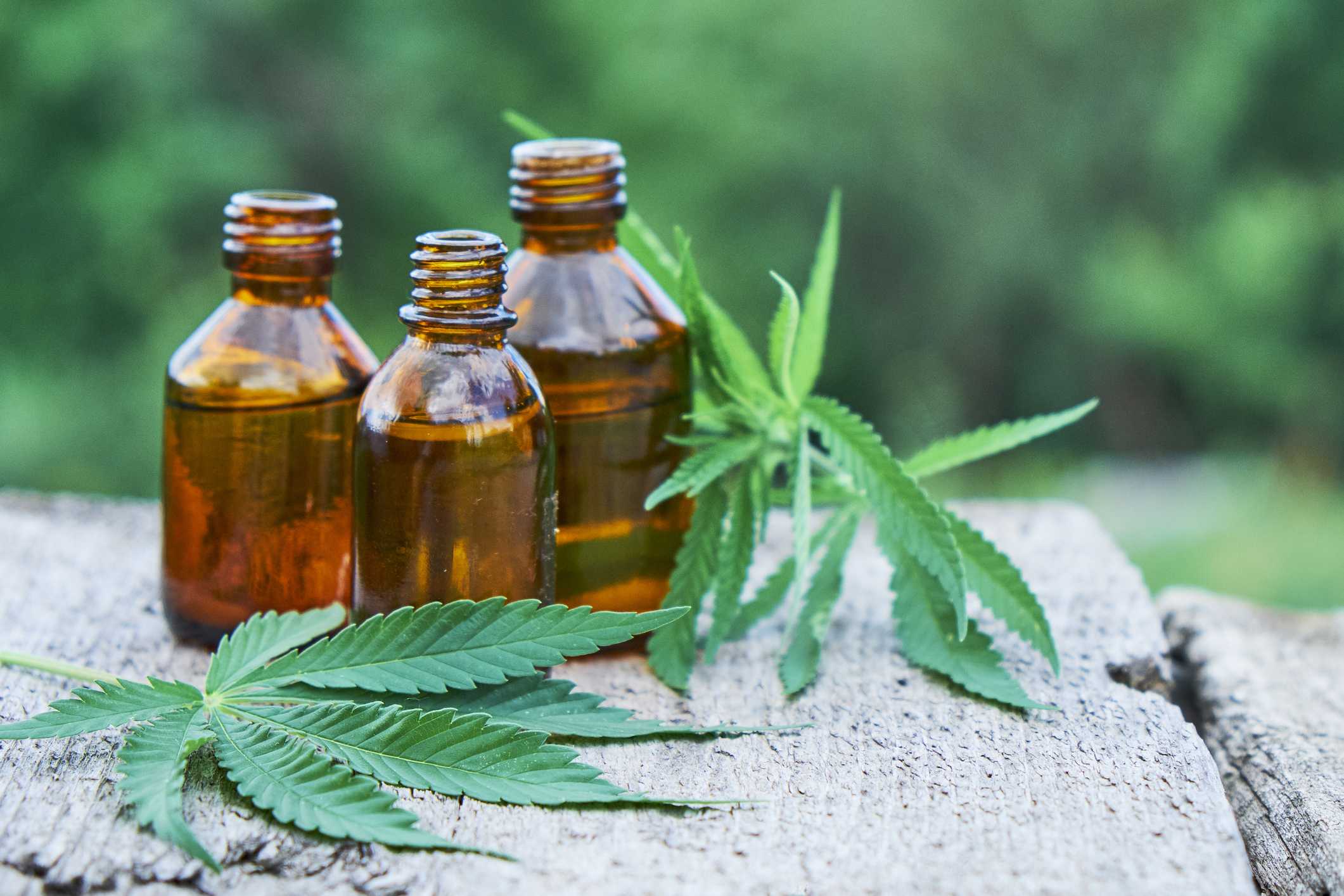

Non-psychoactive, and with proven benefits in a number of other areas, scientists have begun to focus their attention on the cannabinoid cousin that doesn’t make you high.ĭon’t get us wrong. As scientist Paola Masi notes in her 2013 article in the British Journal of Clinical Pharmacology, the clinical use of THC and other synthetic cannabinoids is often limited by their unwanted psychoactive side effects. The authors of a study looking at the therapeutic uses of cannabinoids go further, stating that “the literature is nearly unanimous in suggesting that cannabinoids and endocannabinoids reduce the progression of cancer in both in vivo pre-clinical and in vitro model systems.” In vivo means an experiment on a living being - usually a mouse or rat in a pre-clinical test, or a human in a clinical trial.) (And just for future reference, since these words come up a lot: In vitro refers to an experiment that takes place in a test tube or petri dish. That’s not easy reading, but essentially the authors state that there’s good evidence that cannabinoids keep cancer cells from dividing and reproducing, trigger the healthy death of cells, and inhibit the growth and spread of tumors. To quote the authors of a 2018 review of scientific literature on cannabinoids and cancer: “Many in vitro and in vivo experiments have shown that cannabinoids inhibit proliferation of cancer cells, stimulate autophagy and apoptosis, and have also a potential to inhibit angiogenesis and metastasis.” These benefits go well beyond the relief of cancer-related pain and nausea (though that is also an important and much-needed benefit). But of late, there have been several pre-clinical studies that indicate that cannabinoids have anticancer properties. Scientists have known for some time of the palliative effects of cannabinoids.
:max_bytes(150000):strip_icc()/GettyImages-1284734485-376ac52ee7414793a6a7f8ffcc364495.jpg)
We don’t know exactly how many people use cannabis to treat symptoms, because many people do so without telling their doctors. To date, cannabinoids have mostly been used to combat pain and nausea - both officially (or under doctor’s orders) and unofficially. That is important to note since results don’t always translate perfectly from a mouse or rat to a human body. So far, studies on CBD have all been at the pre-clinical level, meaning they haven’t involved actual human cancer patients. While research is still in the early phases, scientists are looking closely at the relationship between the endocannabinoid system, cannabinoids, and cancer.

But we’re farther along when it comes to the effects of specific cannabinoids themselves. A 2008 study showed that elevated levels of endocannabinoids can reduce the development of precancerous lesions in a mouse colon.Ĭlearly, there’s a long road ahead before we really understand the relationship between the endocannabinoid system and cancer. This fact alone suggests that when the endocannabinoid system is over-activated, or out of balance, it could play a role in the development of cancer.īut, confusingly, there are also reports that heightened endocannabinoid signaling can be antitumorigenic, meaning it can prevent the growth of cancerous tumors. Studies have shown that a higher concentration of endocannabinoids and their respective enzymes is often associated with the aggressiveness of cancer. How the endocannabinoid system as a whole relates to cancer growth is still up for debate. The list of CBD’s potential benefits is long, but there’s mounting evidence for its action in these areas, at a minimum: Rather, CBD stimulates both endocannabinoid receptors (among others), creating a wide range of therapeutic effects. Scientists have found that CBD doesn’t actually bind well with either receptor. This is because of the unique way it interacts with the CB1 and CB2 receptors. Almost every scientific study looking at CBD mentions this fact because psychoactivity has been one of the drawbacks of using THC as a therapy.īut it’s actually physiologically impossible for CBD, on its own, to make you high. In terms of user experience, one of the most noticeable differences is that, when it binds with the CB1 receptor, THC makes you feel high.

Both of these cannabinoids have been researched extensively with regard to cancer treatment, but there are important differences between them. Among them, THC (tetrahydrocannabinol) and CBD are by far the most common and the most well-known. Over 100 phytocannabinoids have been identified.


 0 kommentar(er)
0 kommentar(er)
